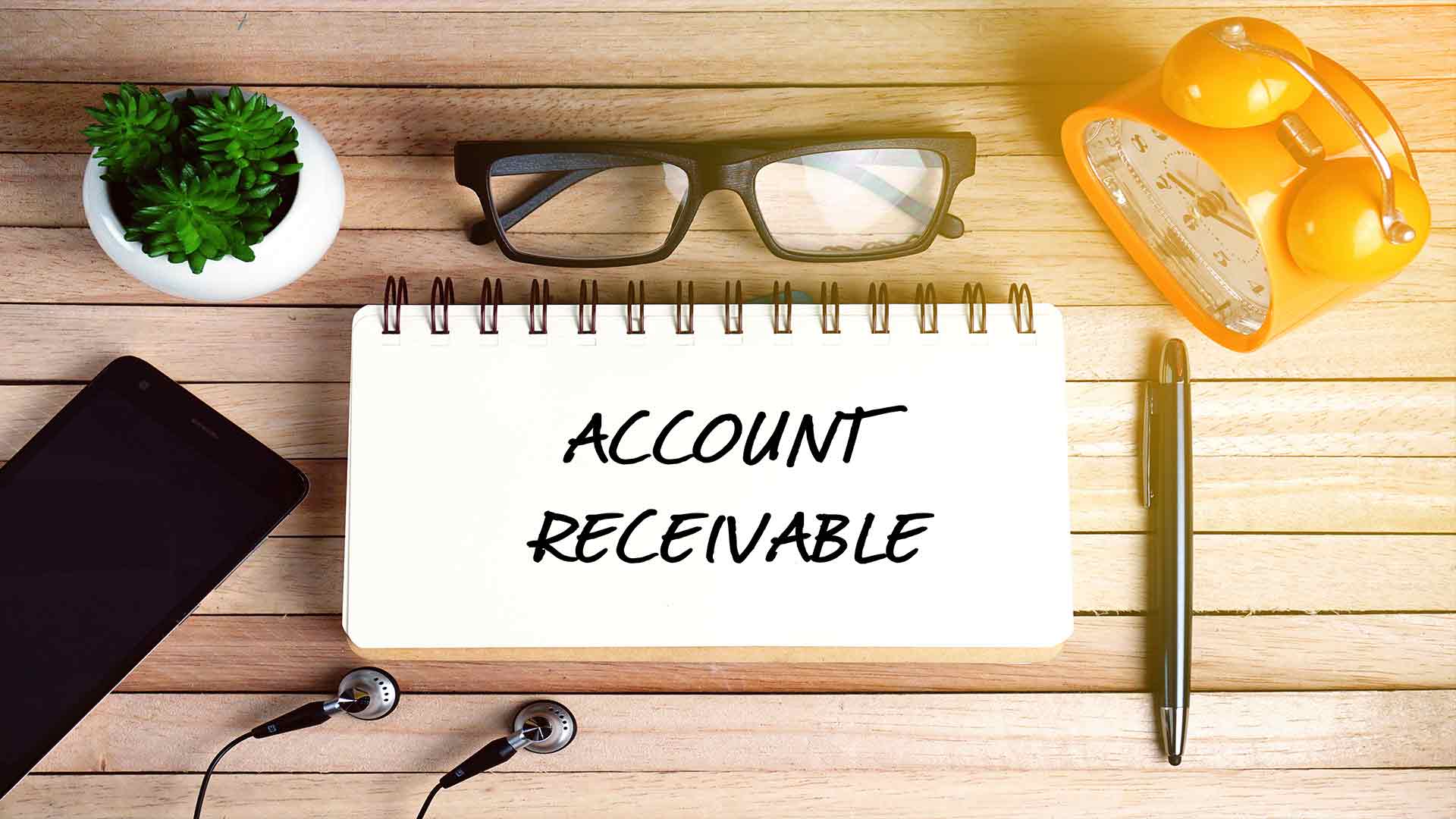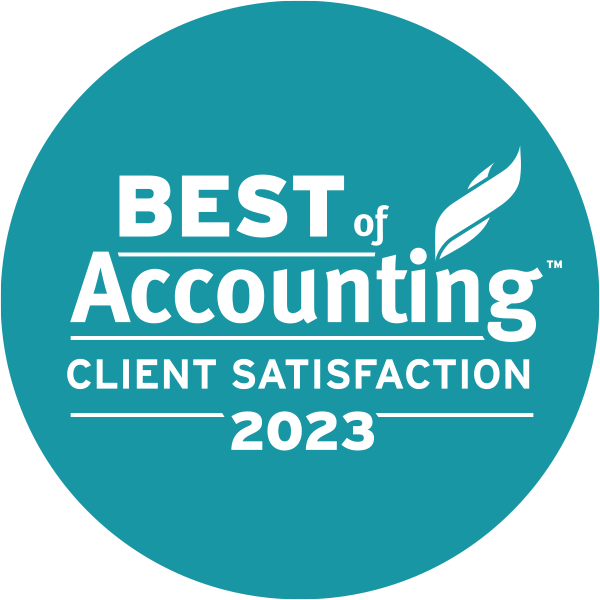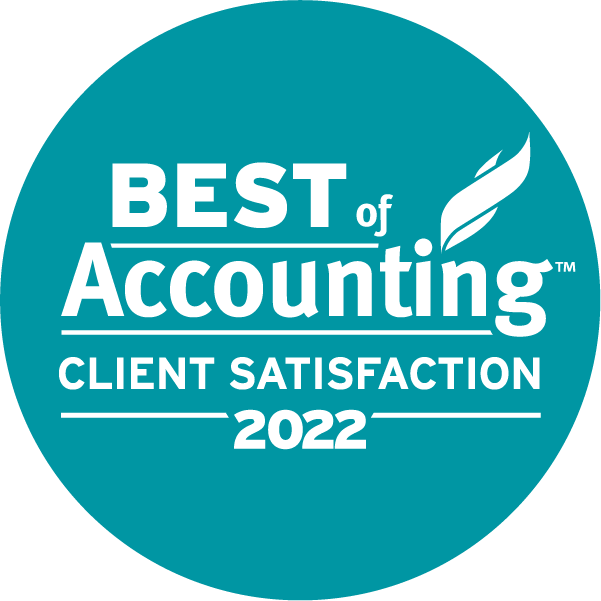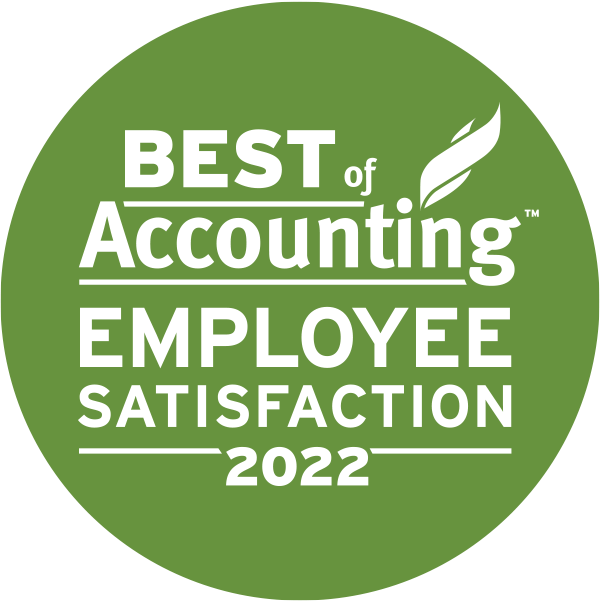Not every business owner has the luxury of owning a business where customers/clients pay at the same time that the service/product is delivered.
While this may be the case for restaurants, retail stores, auto repair shops and so forth, the majority of businesses have to wait for payment. Managing credit risk and collections is a critical aspect of running their business successfully. A key thing to remember is that a sale is not a sale until you have the money in the bank. When customers do not pay on a timely basis, it can cause serious cash flow issues. This article outlines key considerations for managing credit risk and accounts receivable collections.
MANAGE YOUR CREDIT RISK
One important lesson that I have learned in business is that not all potential new clients are good potential new clients. If your business provides products/services on credit, then a key consideration when you take on a new client/customer is their ability to pay. Obviously, the procedures that you would use to assess credit risk will depend on the dollar amount involved (e.g.: If your business has a high volume of low-dollar items, then it is lower risk).
If the dollar amount involved is higher, you should consider doing a credit check and asking for three trade credit references, which you would then call to discuss the new client’s payment history and conFirm they are a good customer to work with. If you conclude that you are willing to take them on as a customer, provide them with a written document outlining the credit terms. Ask them to sign it to ensure that they have read and understood the terms and have agreed to abide by them.
MANAGE YOUR COLLECTIONS WITH A GOOD SOFTWARE SYSTEM
One of the most effective tools you can use in managing accounts receivables is an effective accounting system that has the ability to generate an up-to-date aged accounts receivable list.
This report shows how much each customer owes and categorizes the amounts into columns to indicate how long the amounts have been outstanding. This report should be reviewed on a regular basis (at least weekly) so you know when to follow up with customers that have not paid.
Your system should also allow you to generate account statements for customers that you can send out to remind them of the amounts that are still outstanding.
I recently had a client that I convinced to move from a manual tracking system to an accounting software system, and they are very excited about how effective and easy it is to know what amounts are outstanding and who to follow up with. It has resulted in quicker collections and reduced their receivables by more than $25,000. This is money that is now their bank account rather than in their customers’ accounts.
ADD A LITTLE INCENTIVE
- To speed up collections, ensure that you are invoicing as soon as the product/service has been delivered. The quicker it gets invoiced, the quicker it will get paid.
- Make it as convenient as possible for your customers to pay you by offering a variety of payment options, such as credit cards, online payments, debit cards, etc.
- If it is a larger job, require a partial payment/deposit before you start. This shows a commitment by the customer and reduces your collection risk.
- Consider rewarding quick payment (small discount if paid within a certain amount of time).
- Charge interest on late payments (if your customer cannot pay all the outstanding supplier invoices, your invoice might be prioritized to the top if you are charging interest and their other suppliers are not).
- Do not sell additional products/services to customers that have not yet paid for the previous transaction.
REMAIN VIGILANT
When you are faced with a client that consistently takes a long time to pay, you may be at the point where your best course of action is to end your relationship with them. The stress of having to follow up to collect, and deal with the cash-flow challenges they cause, just isn’t worth it. You may be better off to replace them with a new customer willing to abide by the credit terms you offer.
Once you have an effective process in place and have mastered accounts receivable management, make sure you remain consistent. I have seen clients go to great lengths to improve this area of their business. Once they have alleviated their cash flow challenges and have money in the bank, they slack off on monitoring their receivables and soon find themselves back in the same situation.
For more information on this topic, please contact your McCay Duff advisor.
Contact Us




